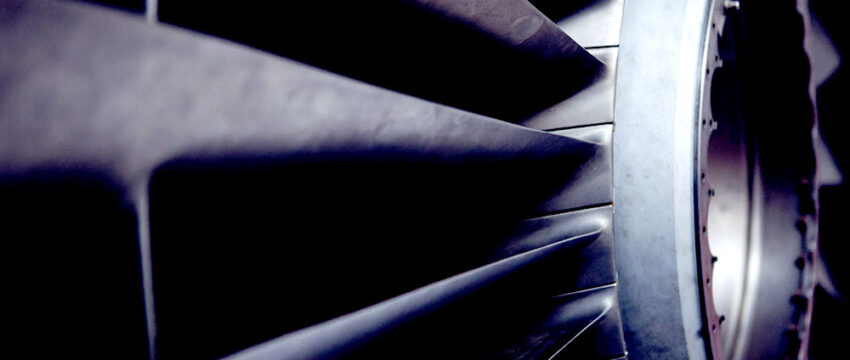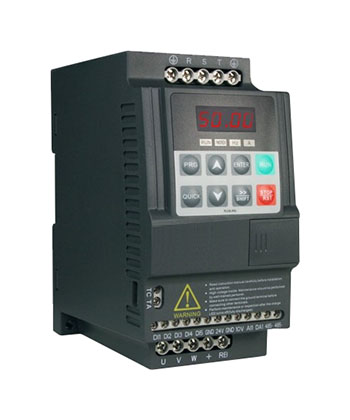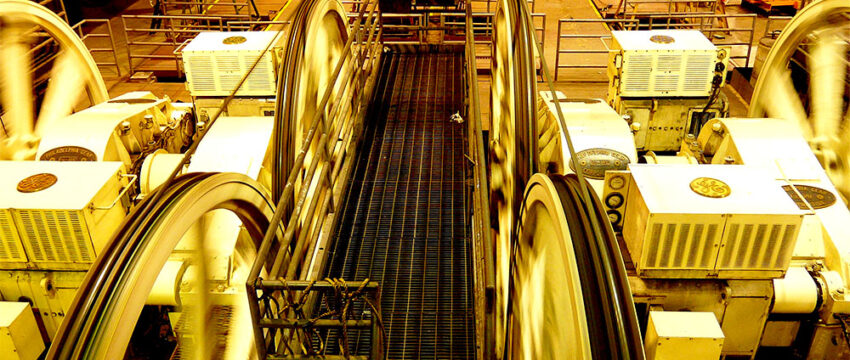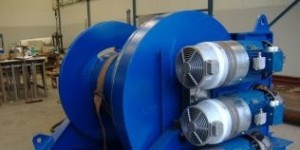Variable-frequency drive for ventilators: a logical choice.
In ventilator applications, the airflow varies based on occupancy, climate, and/or production requirements. To make the airflow as efficient as possible, it is important to control the ventilators. Variable-frequency drives from Fluxcon offer effective flow control, increased comfort, and high-performance with high energy efficiency.
Constant flow and pressure provided by the frequency controller for ventilators
With a variable-frequency drive, you are able to adjust the fan speed to run faster or slower based on the desired flow or pressure. By incorporating a PID controller in the variable-frequency drive, a stable control behavior is achieved, resulting in a stable pressure and flow in the ventilation system.
Improved performance
By running at a lower speed, the fans also produce less noise, contributing to reduced noise levels. Furthermore, resonance issues can be prevented and addressed by setting “forbidden frequency ranges” in the system.
Energy savings through a variable-frequency drive for ventilators.
With a variable-frequency drive, you can deliver a more constant pressure and flow. As a result, the average pressure and flow are significantly reduced. Indeed, the maximum flow and pressure are only required in exceptional situations. Lowering the ventilator speed results in significant energy savings. Reducing the ventilator speed by 10% can result in energy savings of over 25%.
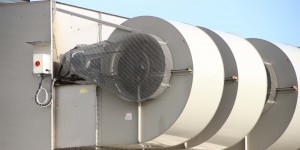
The IE3 directive
From January 1, 2015, the IE3 directive for the efficiency of electric motors has been in effect. All motors from 0.75 kW up to 7.5 kW must comply with the IE2 efficiency, and all motors above 7.5 kW must comply with the IE3 efficiency or with the IE2 efficiency combined with a variable-frequency drive.
Reduction of maintenance costs through the use of variable-frequency drive for ventilators.
Due to the lower pressure and flow, the ventilator doesn’t have to work as hard. This results in lower wear and, consequently, reduced maintenance costs and an extended lifespan.
Suitable variable-frequency drives for ventilators
The series of compact variable-frequency drive features a built-in PID control function. Based on an analog signal from the pressure sensor, the ventilator can automatically maintain the desired pressure and/or flow in a stable manner.
